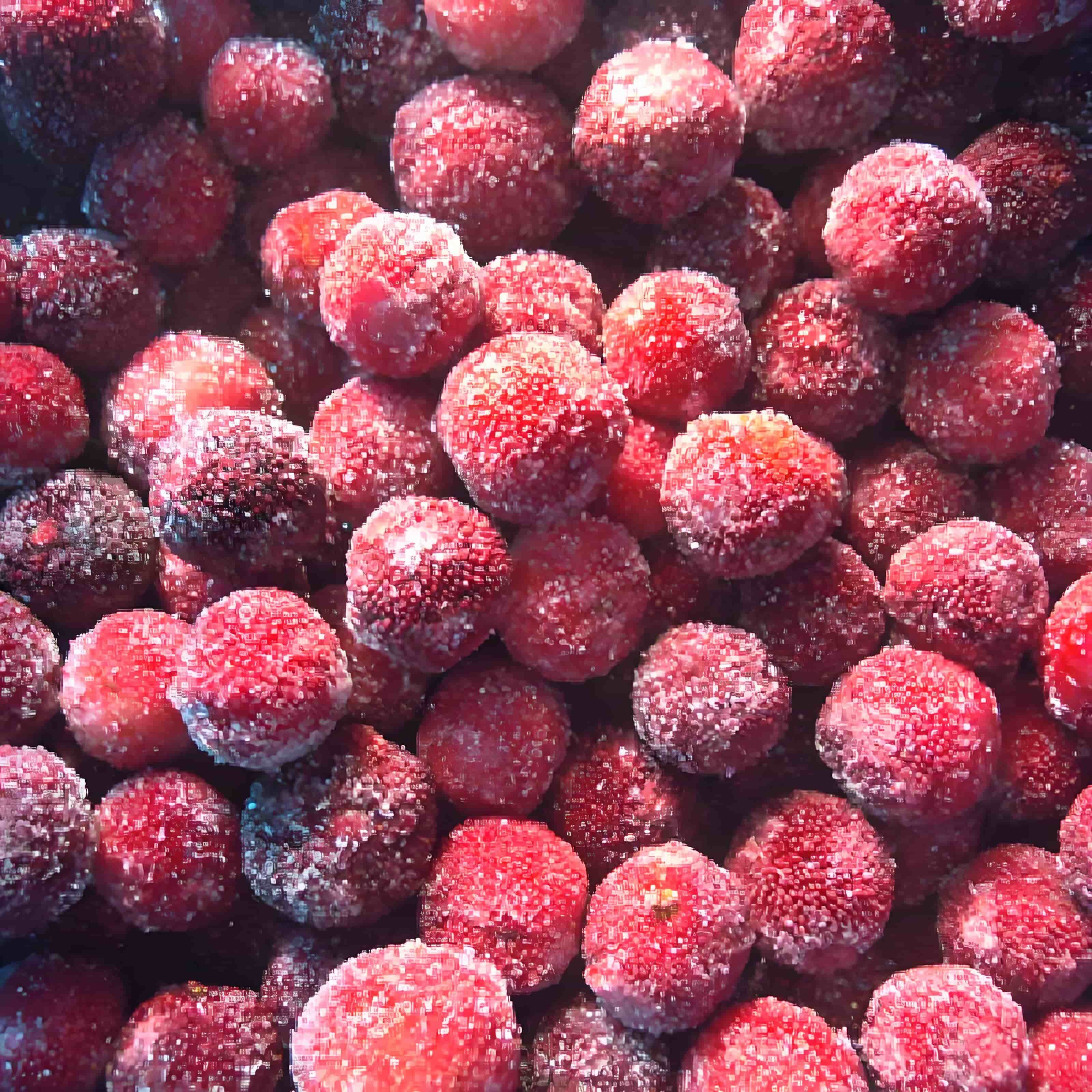Understanding Global Market Trends in Dried Fruit Trade
The international trade landscape for sweet dried fruit has experienced remarkable growth over the past decade, with consumers worldwide increasingly embracing these nutritious and convenient snacking options. From traditional raisins to exotic dried mangoes, the market continues to evolve as health-conscious consumers seek natural alternatives to processed snacks. This shift in consumer preference has created lucrative opportunities for exporters and importers alike, making sweet dried fruit a valuable commodity in global commerce.
Market analysis reveals that the sweet dried fruit sector has maintained steady growth, with an annual increase of approximately 5-7% in export volumes. This growth is particularly evident in regions with established fruit processing capabilities and those with access to premium fruit varieties. The combination of improved preservation techniques and innovative packaging solutions has further enhanced the sector's export potential.
Popular Sweet Dried Fruit Varieties in International Markets
Traditional Favorites Leading Export Sales
Raisins continue to dominate the sweet dried fruit export market, accounting for nearly 40% of global dried fruit trade. Their widespread acceptance, versatility in culinary applications, and established production networks make them a cornerstone of the industry. Turkish and California raisins, in particular, command premium prices due to their superior quality and reliable supply chains.
Dried dates and figs follow closely behind, particularly in Middle Eastern and European markets. These fruits not only offer natural sweetness but also carry cultural significance in many regions, driving consistent demand throughout the year. Premium varieties like Medjool dates have carved out a luxury segment within the market.
Emerging Tropical Dried Fruit Options
Dried mangoes, pineapples, and papaya have gained significant traction in recent years, especially in North American and European markets. These tropical varieties appeal to consumers seeking exotic flavors and unique snacking experiences. Thai and Philippine dried mango exports, for instance, have seen double-digit growth annually, supported by improved processing technologies and organic certifications.
Innovative products like dried dragon fruit and jackfruit are also making their way into international trade, particularly targeting health-conscious consumers and specialty food markets. These newer entries often command higher prices and offer exporters opportunities for product differentiation.
Quality Standards and Processing Requirements
International Certification Requirements
Success in sweet dried fruit exports heavily depends on meeting stringent quality standards and food safety certifications. HACCP certification has become mandatory for most major importing markets, while additional certifications like BRC or IFS can provide competitive advantages. Organic certification continues to gain importance, with premium prices justifying the additional compliance costs.
Exporters must also navigate varying maximum moisture content requirements, which typically range from 15% to 18% depending on the fruit variety and destination market. Consistent quality control and proper documentation are essential for maintaining long-term export relationships.
Processing Technology and Innovation
Modern processing techniques have revolutionized the sweet dried fruit industry. Advanced dehydration methods help preserve natural flavors while maintaining optimal moisture levels. Innovative packaging solutions, including modified atmosphere packaging, have extended shelf life and improved product presentation.
Investment in state-of-the-art processing equipment has become crucial for competing in premium markets. This includes automated sorting systems, precision moisture control, and contamination prevention measures that ensure consistent quality across large production volumes.
Market Access and Distribution Channels
Direct Export Strategies
Successful exporters often establish direct relationships with major retailers and distributors in target markets. This approach allows for better margin control and more responsive customer service. Building these relationships requires substantial investment in market research, trade show participation, and personal networking.
E-commerce platforms have opened new avenues for sweet dried fruit exports, particularly for premium and specialty products. Online marketplaces provide opportunities to reach niche markets and build brand recognition directly with consumers.
Distribution Network Development
Creating reliable distribution networks is crucial for maintaining consistent supply chains. Cold chain management becomes particularly important when handling premium dried fruit products. Successful exporters typically work with multiple logistics partners to ensure flexible and reliable delivery options.
Strategic partnerships with local importers and distributors can provide valuable market insights and help navigate regulatory requirements. These partnerships often prove essential for expanding market presence and managing seasonal demand fluctuations.
Frequently Asked Questions
What are the most profitable sweet dried fruit varieties for export?
Premium varieties like Medjool dates, golden raisins, and organic dried mangoes typically offer the highest profit margins in export markets. These products command premium prices due to their quality, limited availability, and strong consumer demand in developed markets.
How long can sweet dried fruit products typically be stored?
With proper packaging and storage conditions, most sweet dried fruit products can maintain their quality for 12-18 months. However, this varies by fruit type and processing method. Premium packaging solutions like nitrogen flushing can extend shelf life even further.
What certifications are essential for exporting sweet dried fruit?
Essential certifications include HACCP for food safety, ISO 22000 for quality management, and relevant organic certifications if targeting that market segment. Many importers also require Good Manufacturing Practice (GMP) certification and country-specific food safety certifications.


